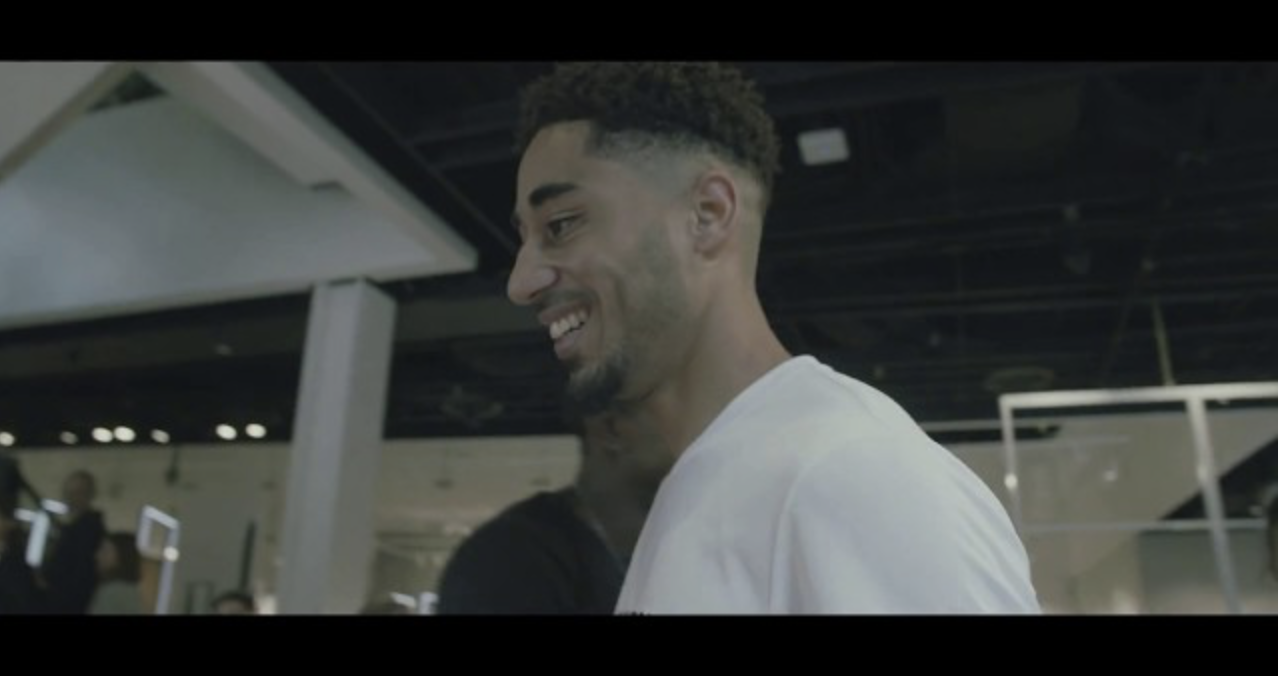Nike’s latest in-store Pegasus race-off is more than just a clever way to sell running shoes—it’s an immersive, performance-driven experience that elevates the customer journey. Here’s why this initiative is not only brilliant but sets a benchmark for how brands can engage with their audience on multiple levels.
Product as a Performance Enabler.
At the heart of Nike’s strategy is their commitment to creating products that enhance athletic performance. The race-off allows customers to experience firsthand how the Pegasus running shoes support speed and comfort. Instead of simply showcasing the features of the shoe, Nike puts them to the test in an actual racing environment.
This aligns perfectly with Nike’s overarching vision of empowering athletes of all levels, from beginners to elite runners. By letting customers feel the performance benefits themselves, Nike turns their product into an enabler for success, directly linking the shoes to the customer’s desire for improved speed and comfort. It’s the ultimate product demonstration, using performance as proof of value.
Engagement Through Competition.
Turning a simple shoe try-on into a competitive race is a stroke of genius when it comes to customer engagement. By creating a fun and interactive environment, Nike transforms an ordinary shopping experience into something memorable and exciting. People love challenges, and competition adds a layer of emotional investment.
The sense of thrill makes the event enjoyable for participants and bystanders alike, creating an unforgettable experience that makes customers more likely to return. Plus, a little friendly rivalry drives customers to test their limits, further showcasing the Pegasus line’s performance capabilities.
Data Collection: A Win-Win.
To keep the competitive spirit going, Nike asks for email addresses to notify winners after the race. This simple request for customer data is a win-win situation. Not only does it build anticipation for participants who are eager to see if they’ve won, but it also allows Nike to gather valuable customer information.
This data opens the door to personalized marketing efforts, follow-up communications, and future engagement opportunities. Nike can tailor their messages to individuals based on their interest in running or previous participation in such events, making their marketing more targeted and effective.
Viral Potential.
Competitions are naturally shareable events. Participants will likely post photos or videos of themselves racing in-store, tagging Nike and sharing with their followers. This creates organic, user-generated content that boosts Nike’s visibility without any direct advertising effort on their part.
In a social media-driven world, this kind of exposure is marketing gold. The thrill of the race-off combined with the performance of the Pegasus shoes turns customers into advocates who spread the word, increasing Nike’s reach and enhancing brand credibility through peer-to-peer recommendations.
Take-away for your brand: How to Create Similar Experience.
Nike’s in-store Pegasus race-off is a masterclass in how to turn a product try-on into an immersive experience. The key takeaway for other brands? Think beyond the traditional sales pitch. Create opportunities for customers to interact with not your product, but your vision through it, in a way that makes them part of the story.
By building an engaging, performance-driven experience, you can tap into your customers’ emotions, make lasting impressions, and increase both sales and brand loyalty. Whether it’s through competition, interactive displays, or personalized events, your goal should be to invite customers into an immersive world where your product is the hero.
Nike’s approach sets the stage for how in-store experiences can go beyond simple product demonstrations. By making their customers part of the story, they’ve created a dynamic, memorable, and shareable experience that resonates far beyond the store walls.

